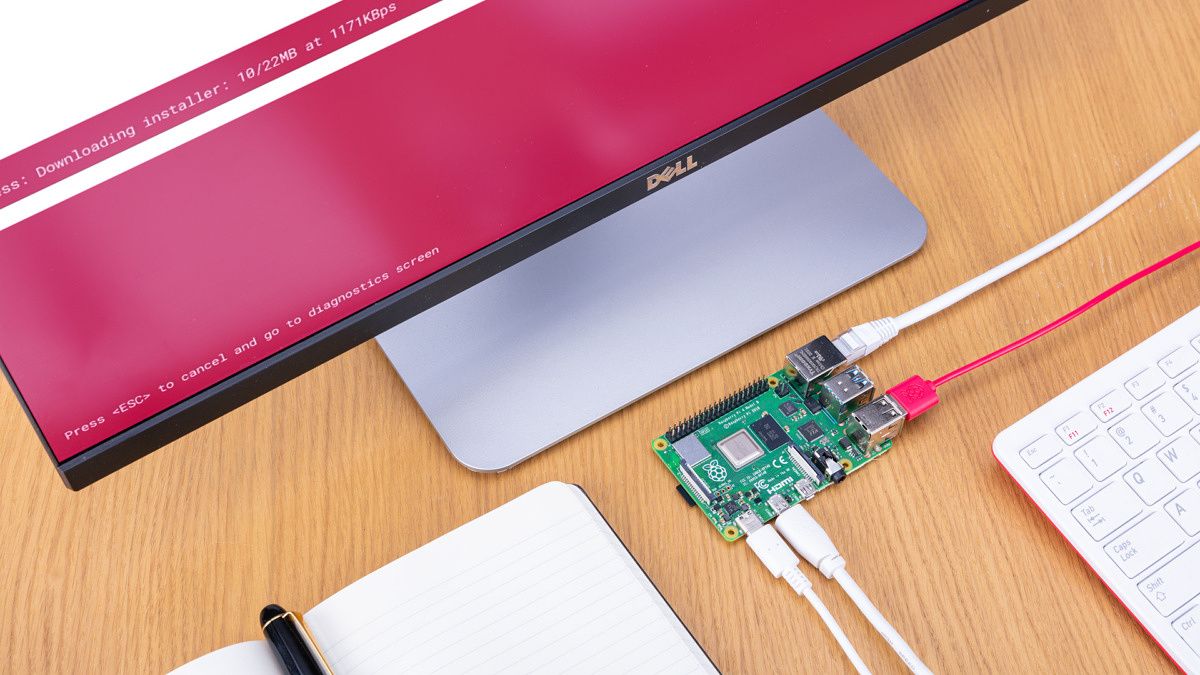Raspberry Pi single-board computers have been a tremendous success over the years, thanks to their versatility and low cost. From powering DIY electronics projects, to functioning as cheap PCs for learning programming, the Raspberry Pi series can fill many roles. However, you've always needed a separate computer for creating the boot drive, which is a problem if you don't have easy access to another desktop computer — mobile devices usually can't write disk images to an SD card or USB drive. That's finally changing.
Raspberry Pi computers usually run their operating system from an SD card, and you need a desktop computer to flash disk images for an operating system to the card — either with the official Raspberry Pi Imager, or another tool. The developers behind the Raspberry Pi project aim to change that with network installation support in the Raspberry Pi bootloader, which would allow the Pi to install its own operating system if an internet connection is available.
Raspberry Pi wrote in a blog post (via Ars Technica), "There is now a beta version of the Raspberry Pi bootloader that implements network installation, and we’d like your help to test it. The new Network Install feature can be used to start the Raspberry Pi Imager application directly on a Raspberry Pi 4, or a Raspberry Pi 400, by downloading it from the internet using an Ethernet cable. The Raspberry Pi Imager application, which will run in memory on your Raspberry Pi, can then be used to flash the operating system onto a blank SD Card or USB disk, just like normal."
The beta bootloader searches for an installed operating system (on an SD card, USB drive, or other location), but if it can't find one, it will show a new network install screen. If you confirm the installation, and connect the Pi to the internet with an Ethernet cable, it will download the official Raspberry Pi Imager into RAM. From there, you can install an operating system to the SD or USB drive of your choosing, just as you can with Raspberry Pi Imager on another PC.
This could go a long way to making the Raspberry Pi more accessible, especially to people who don't always have another computer within reach. It's not perfect, as there's no Wi-Fi support yet, but hopefully the Raspberry Pi team will keep working on it.

